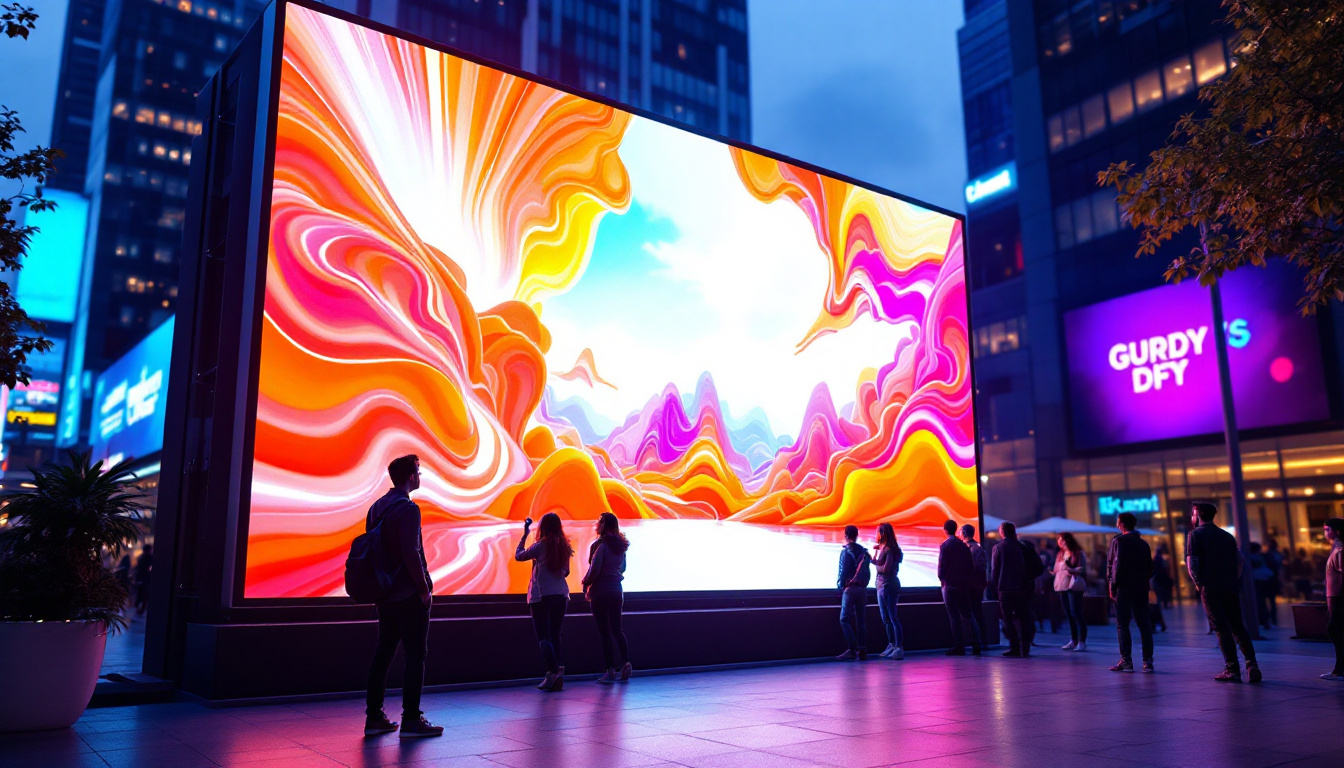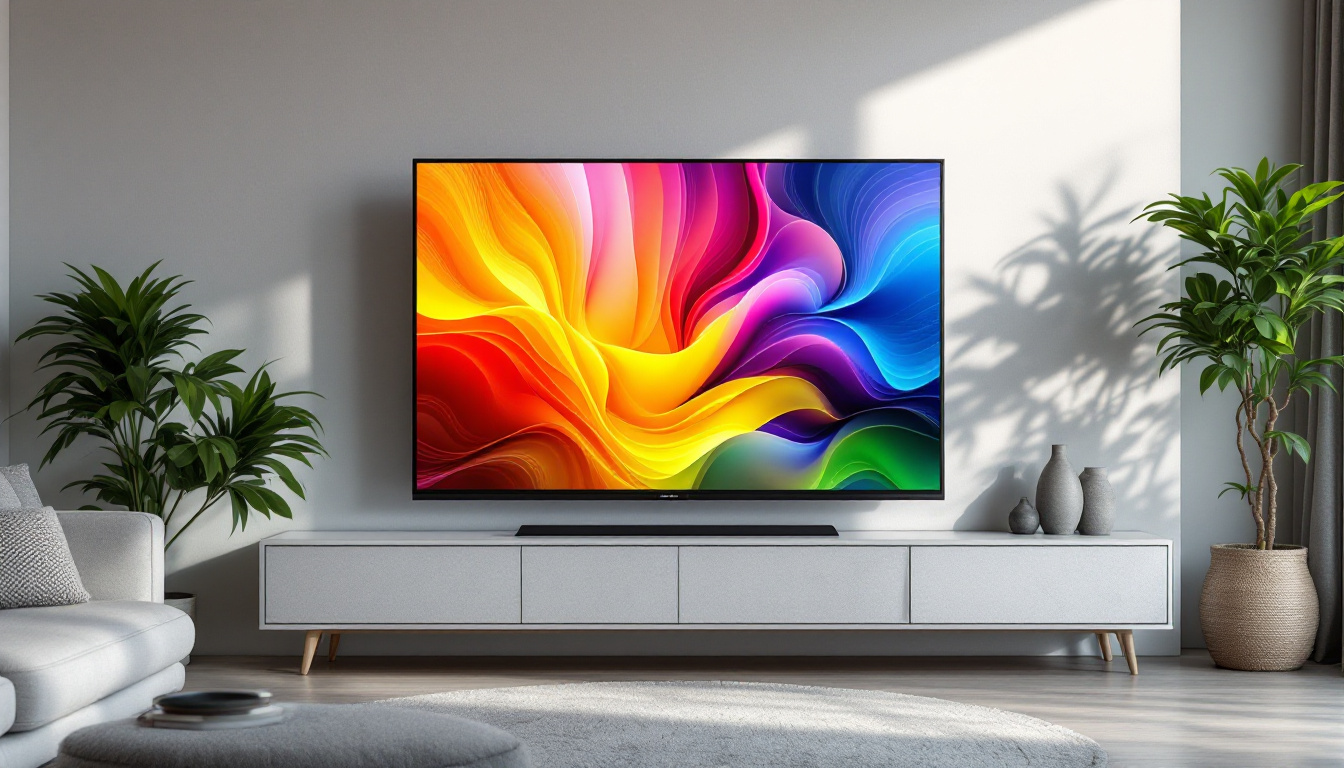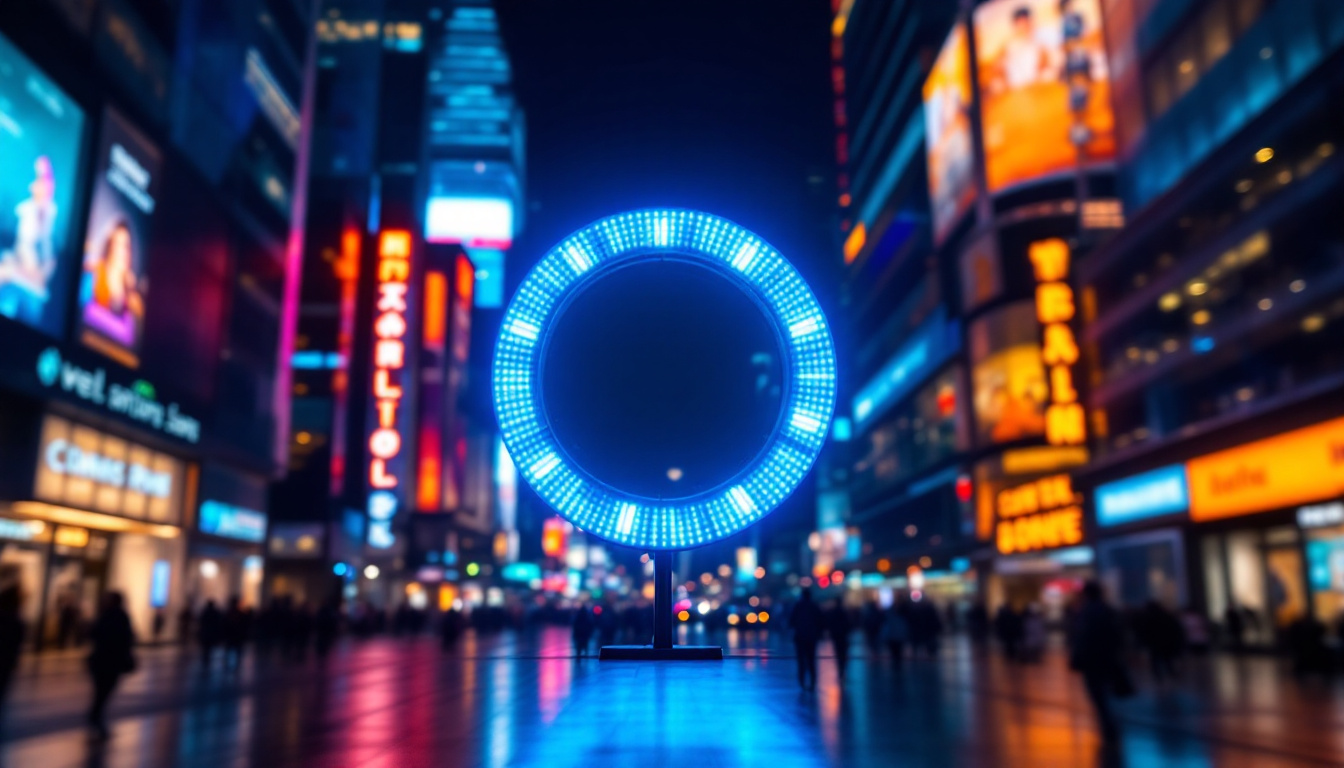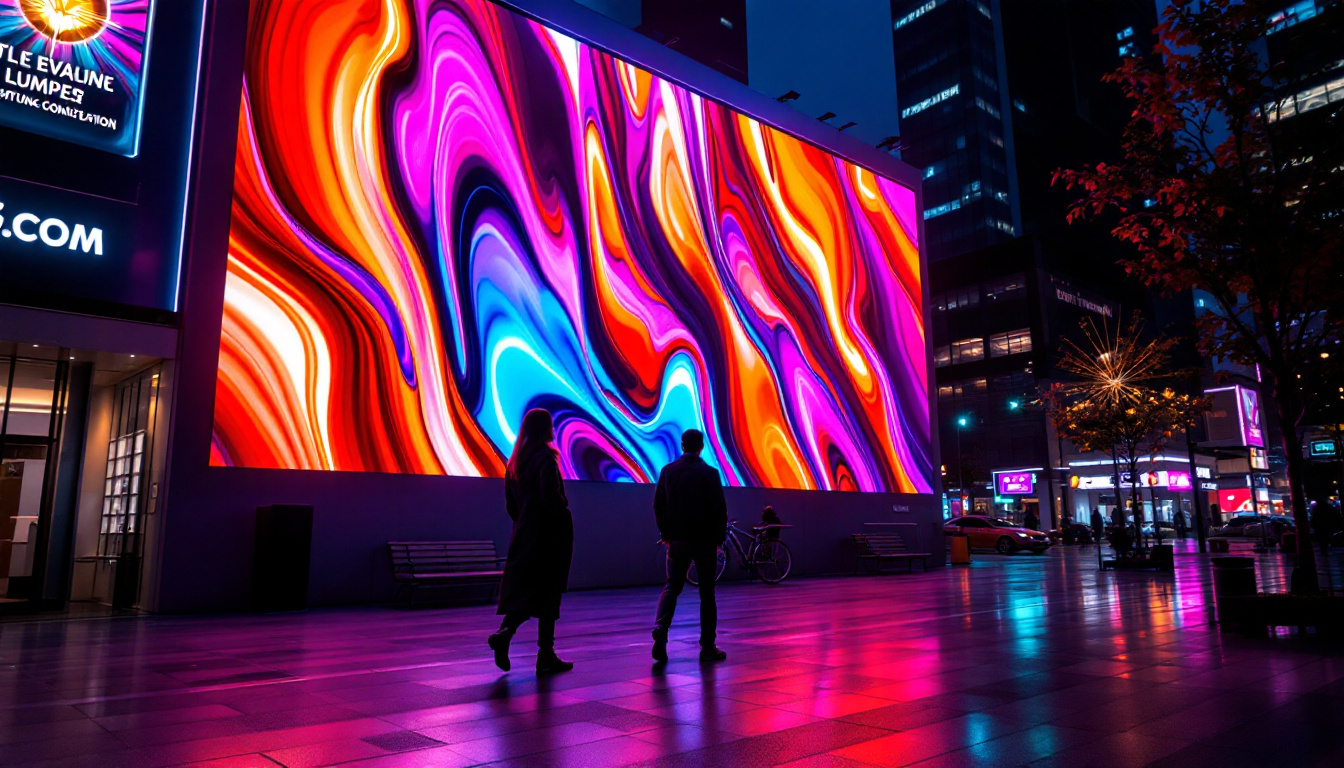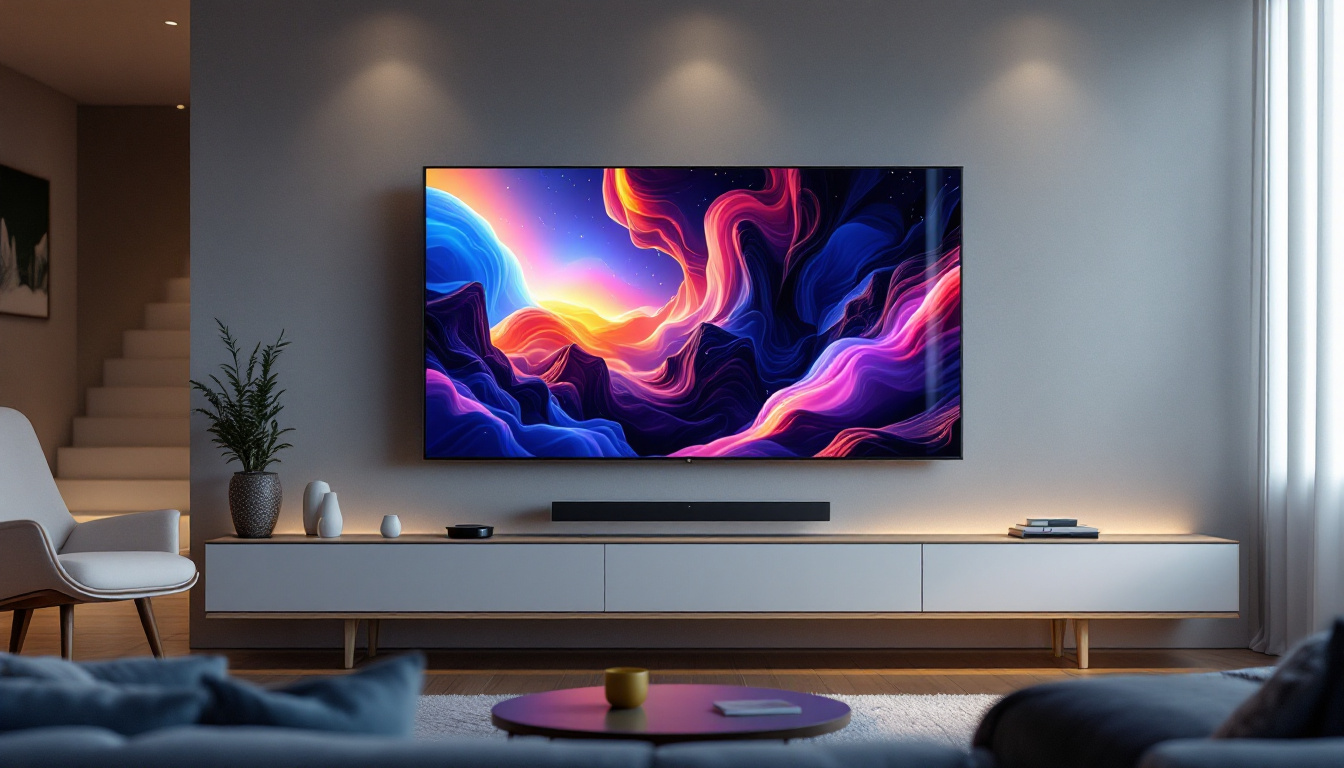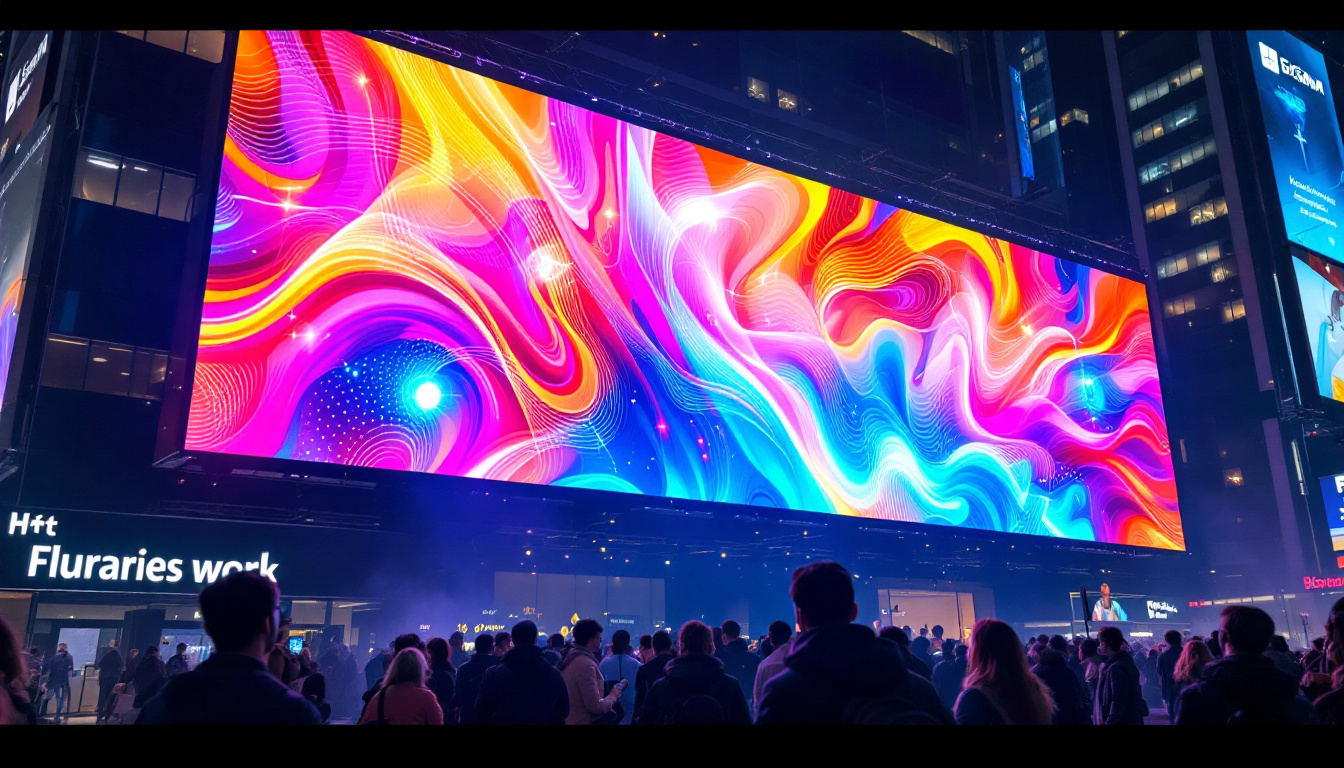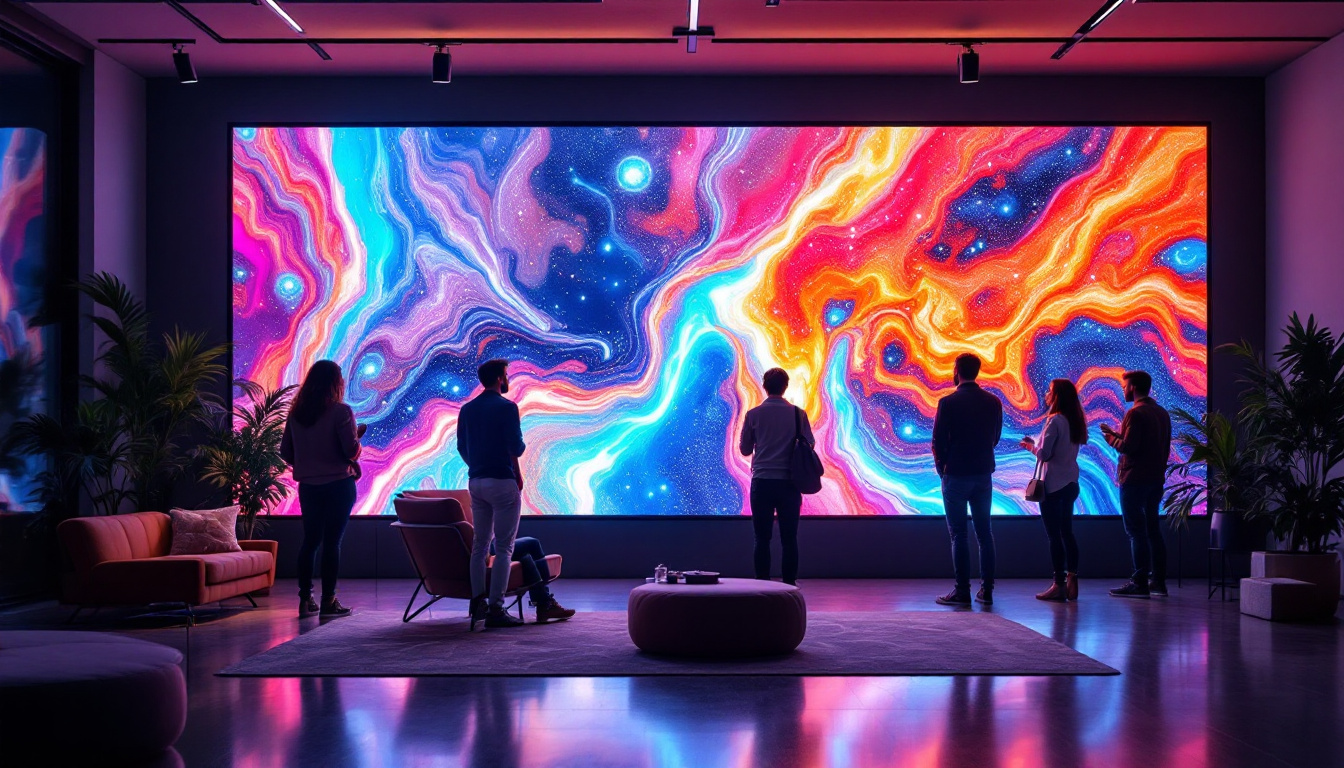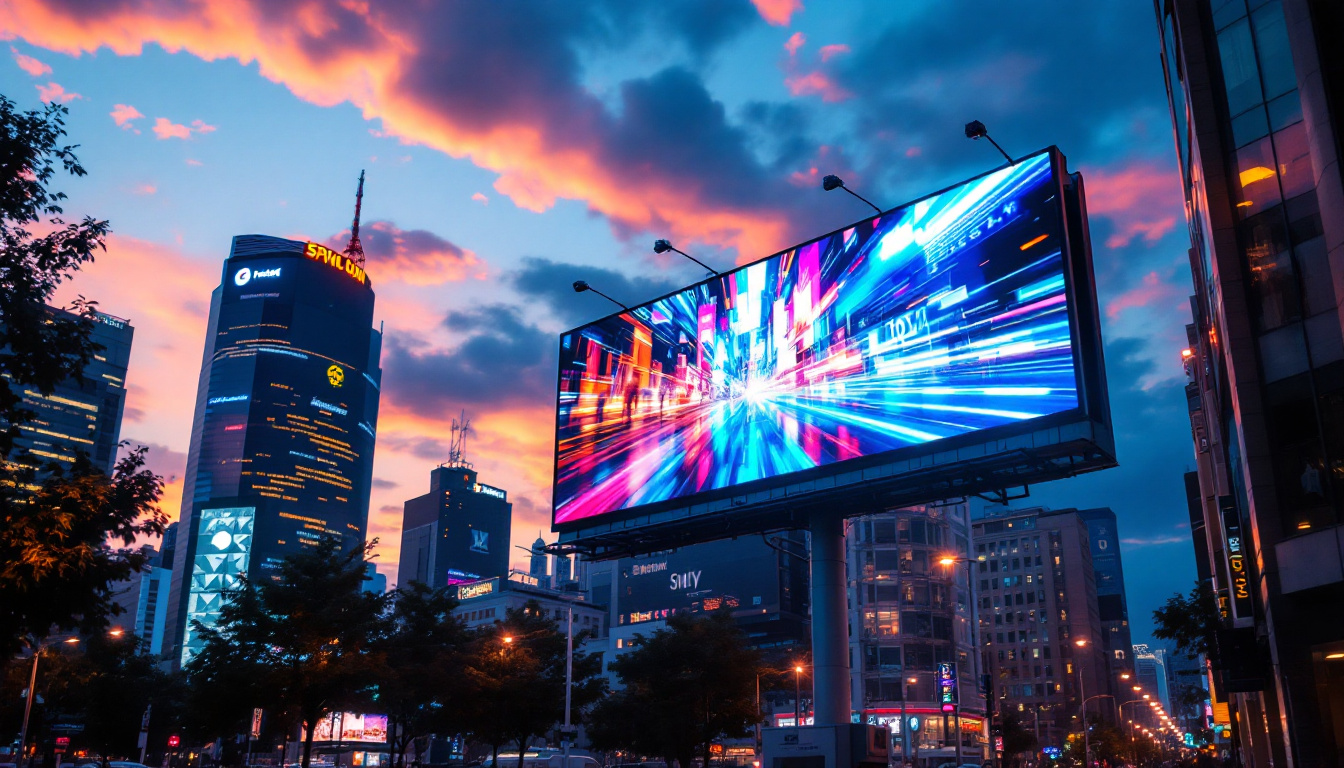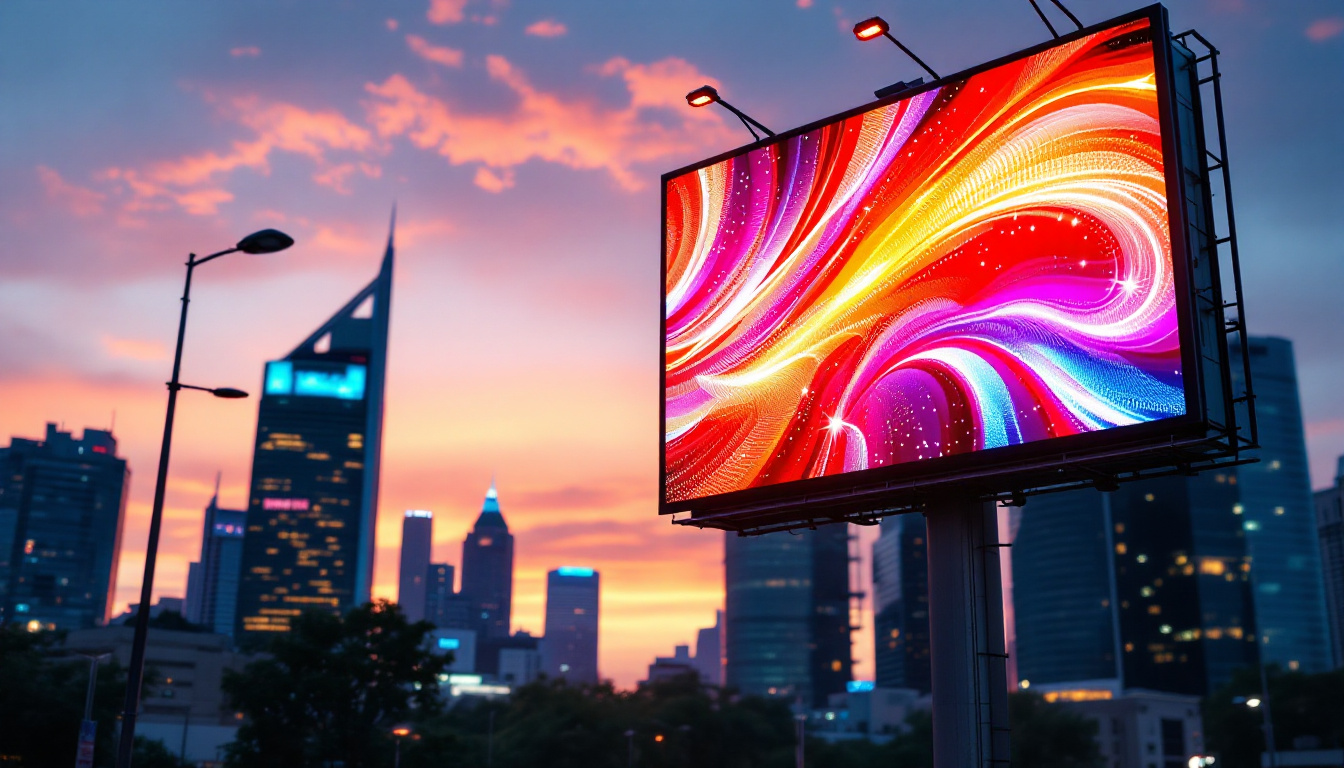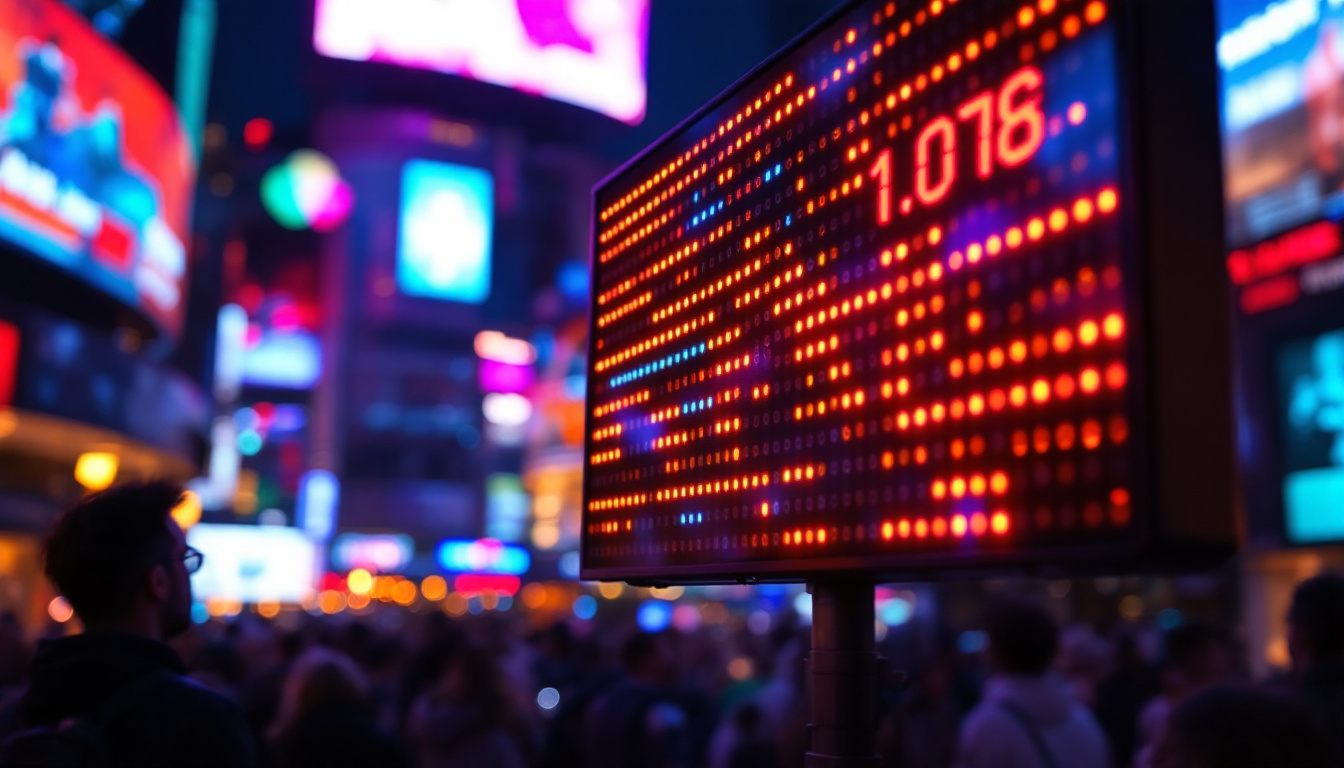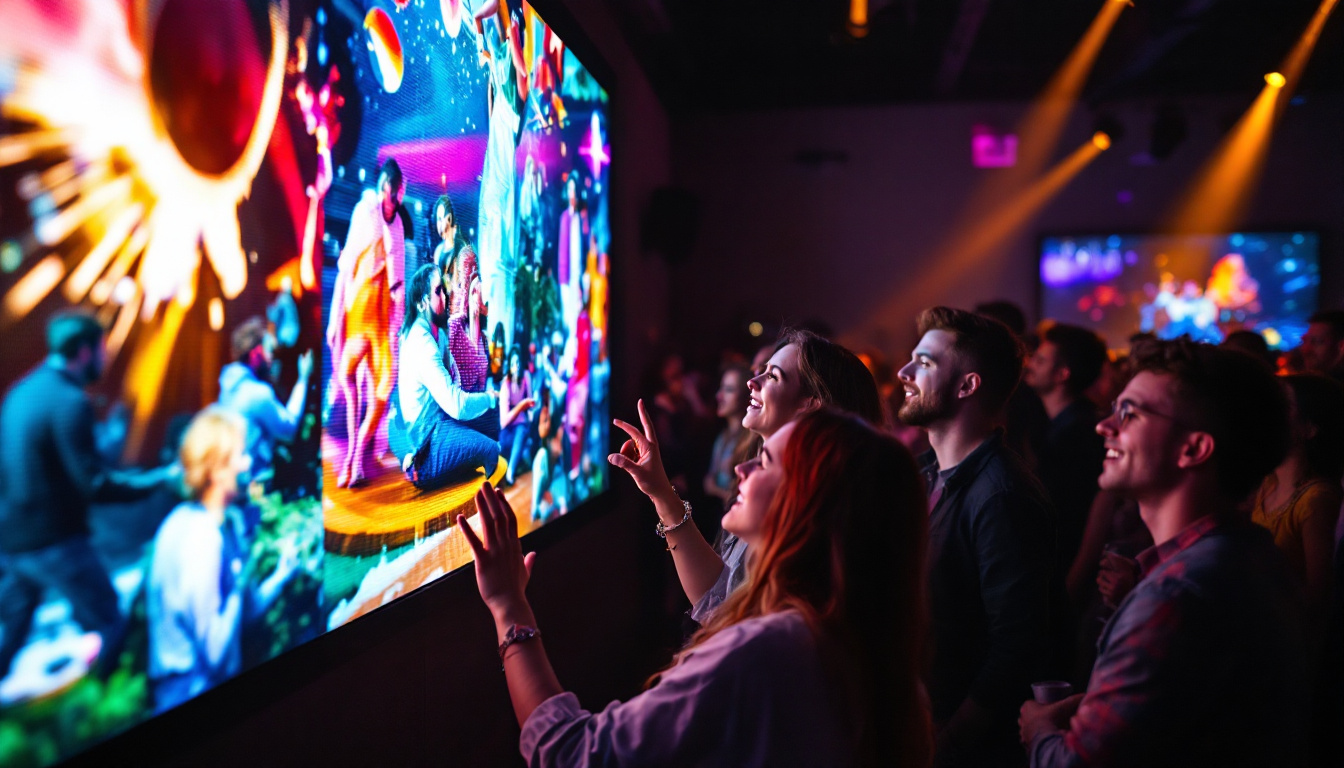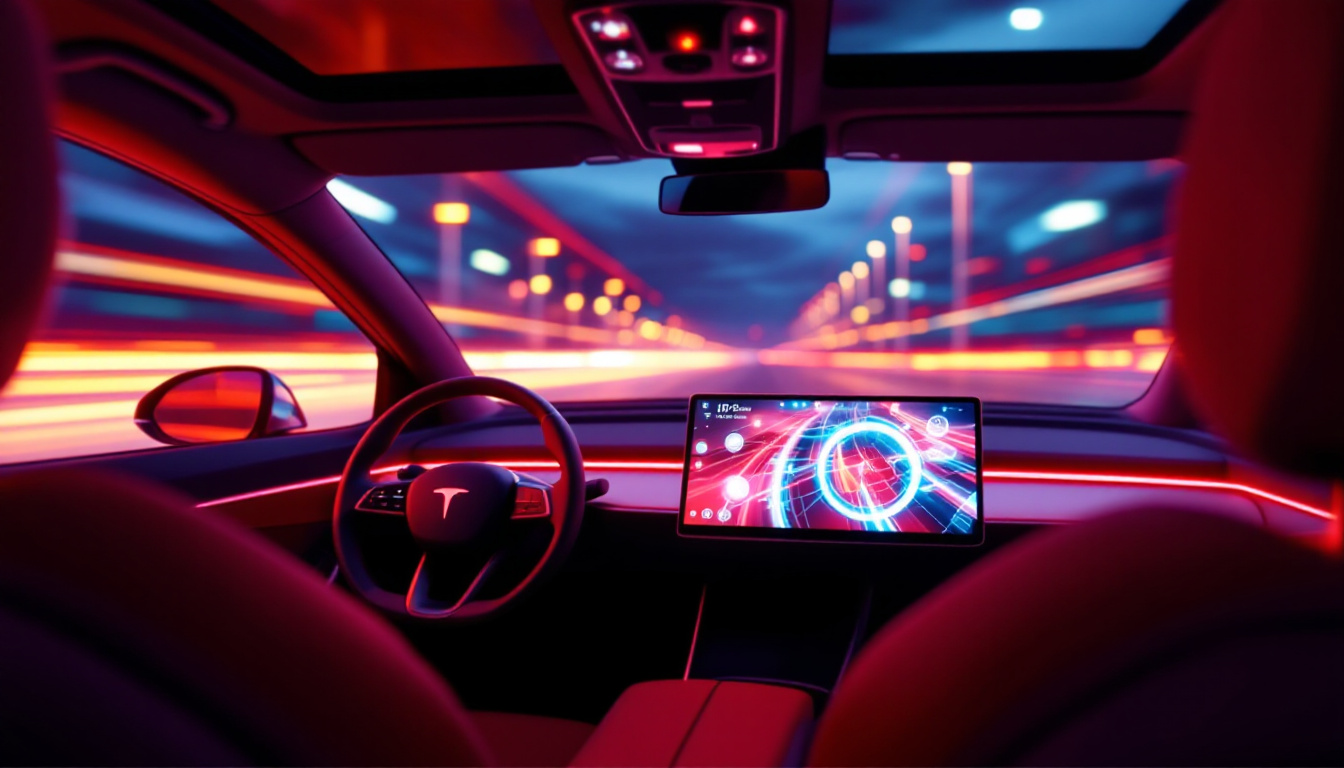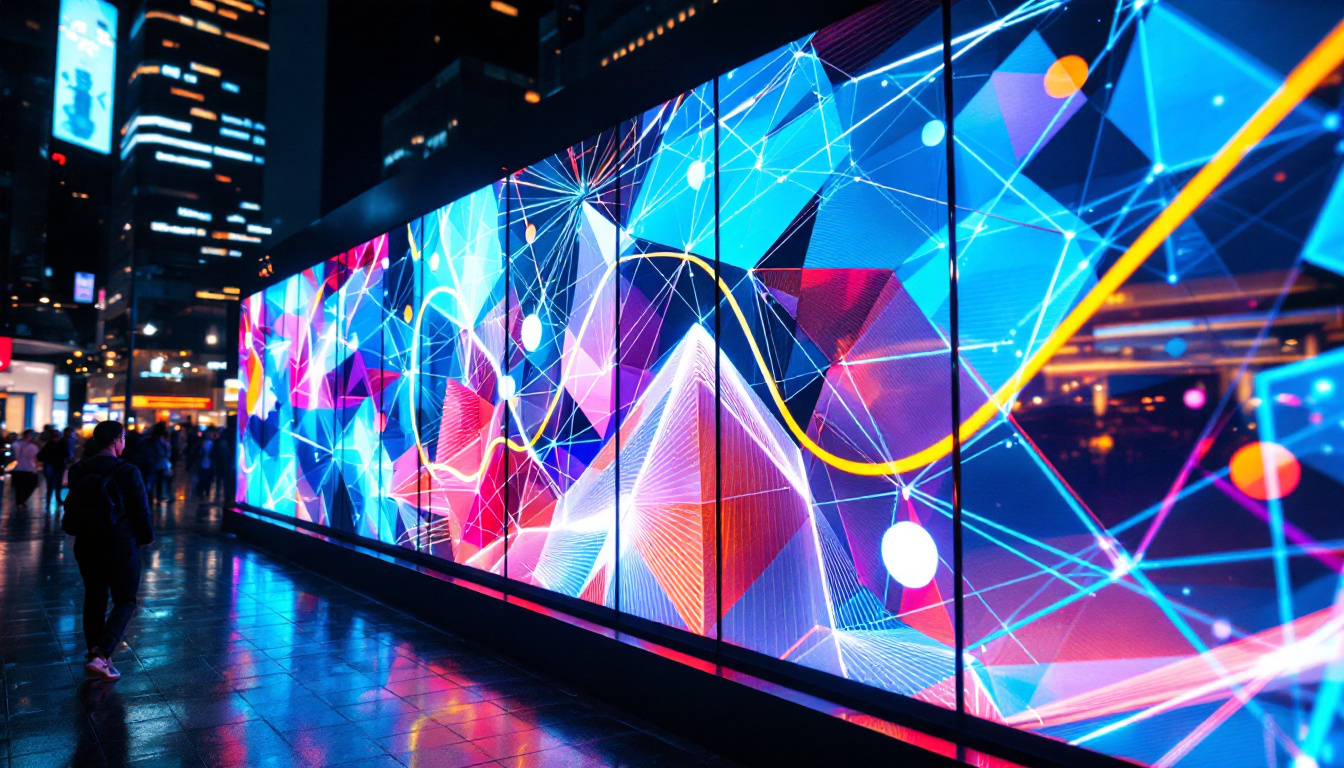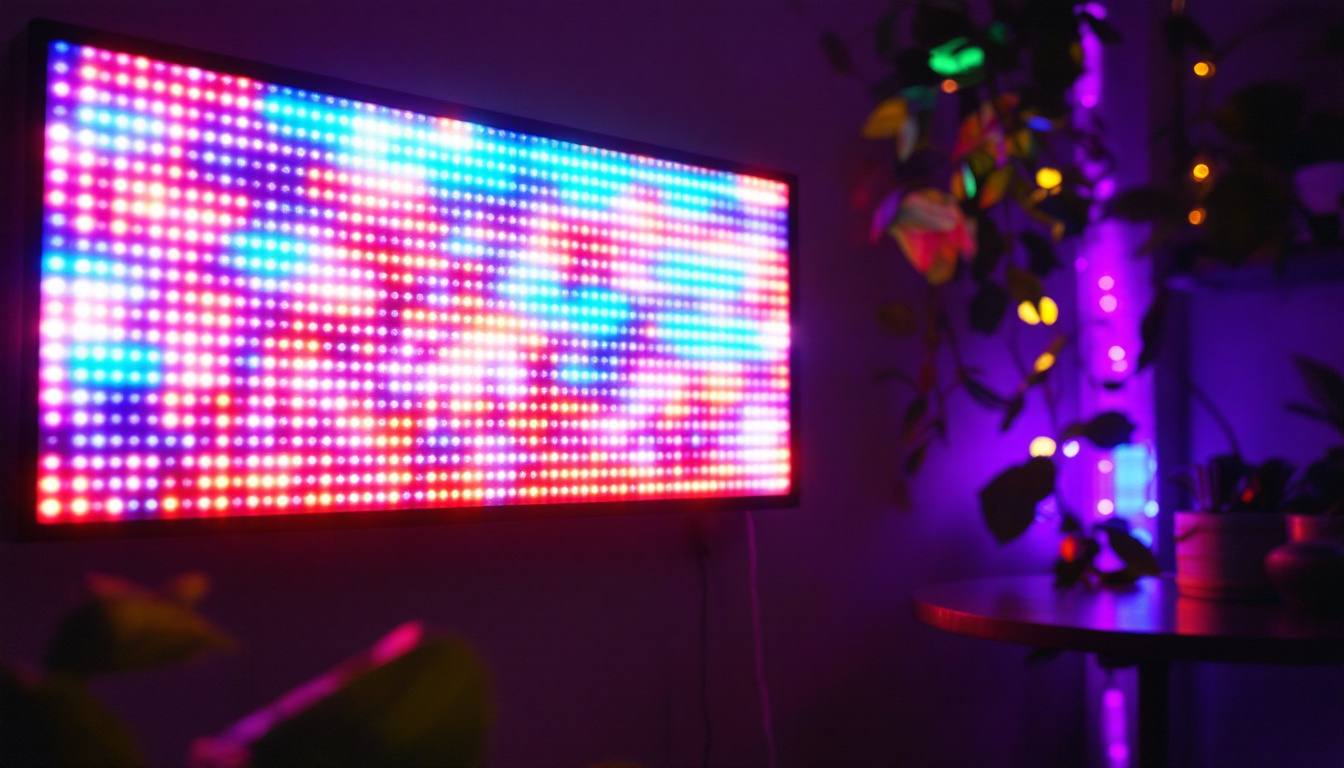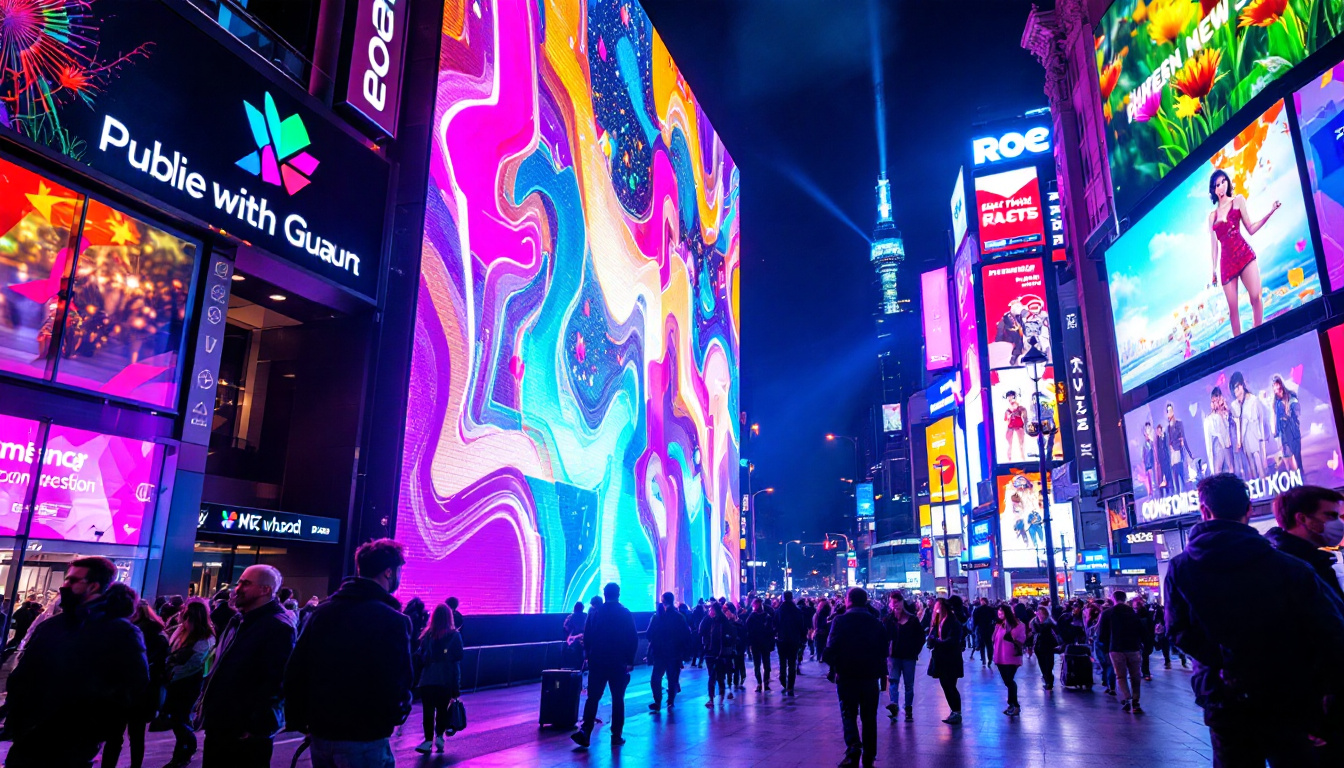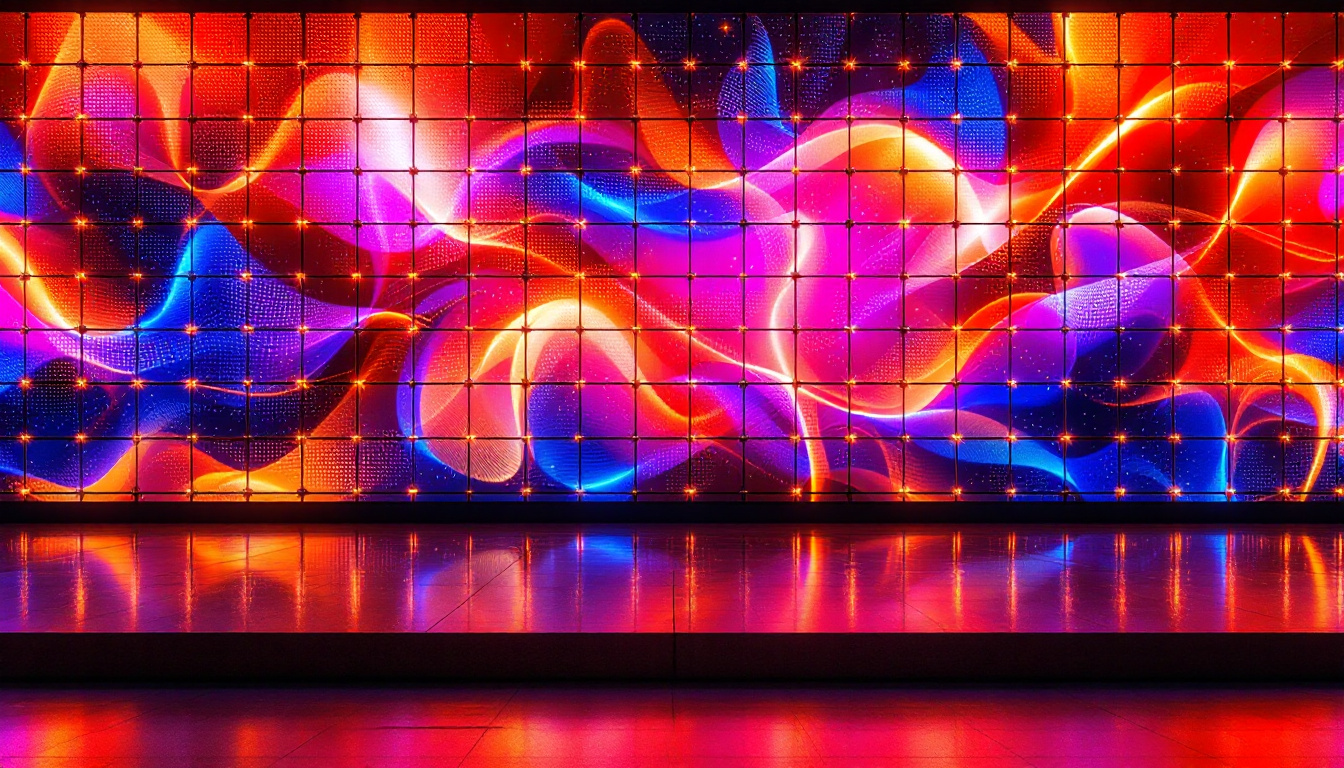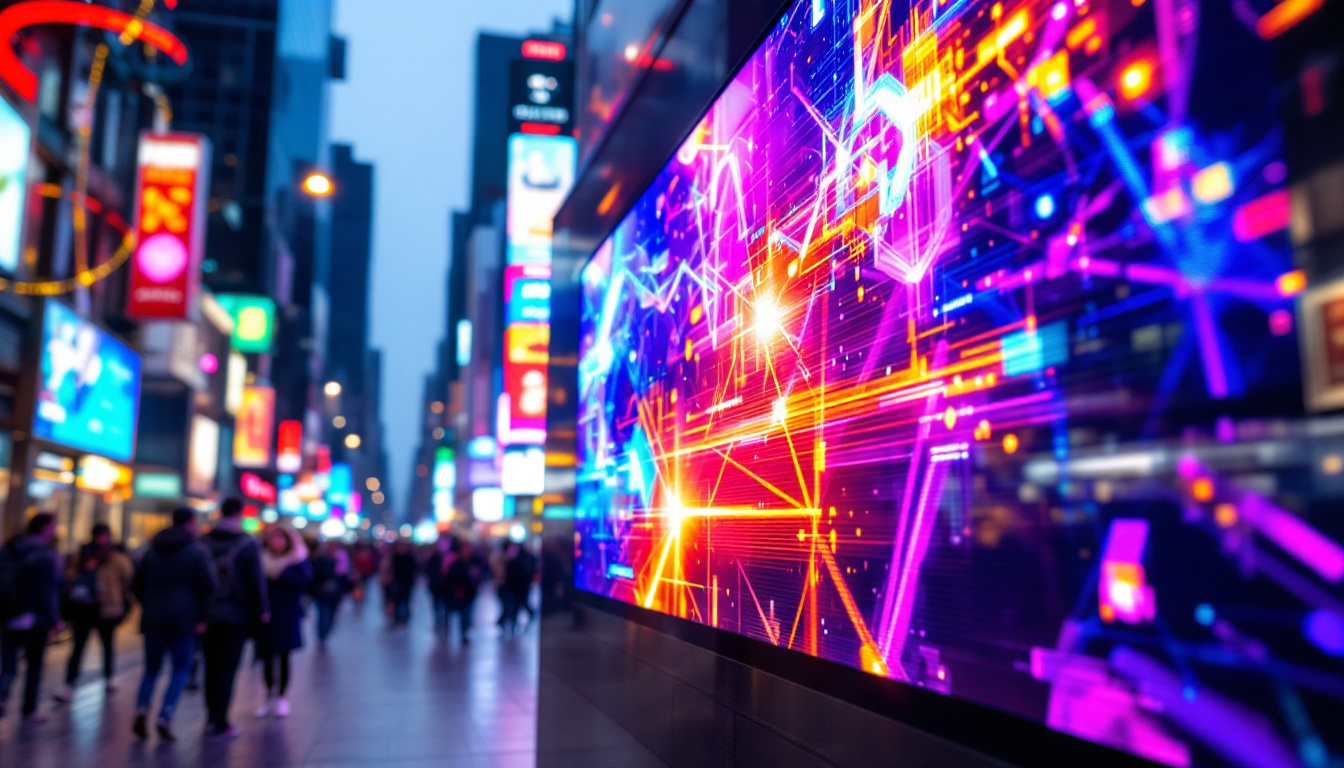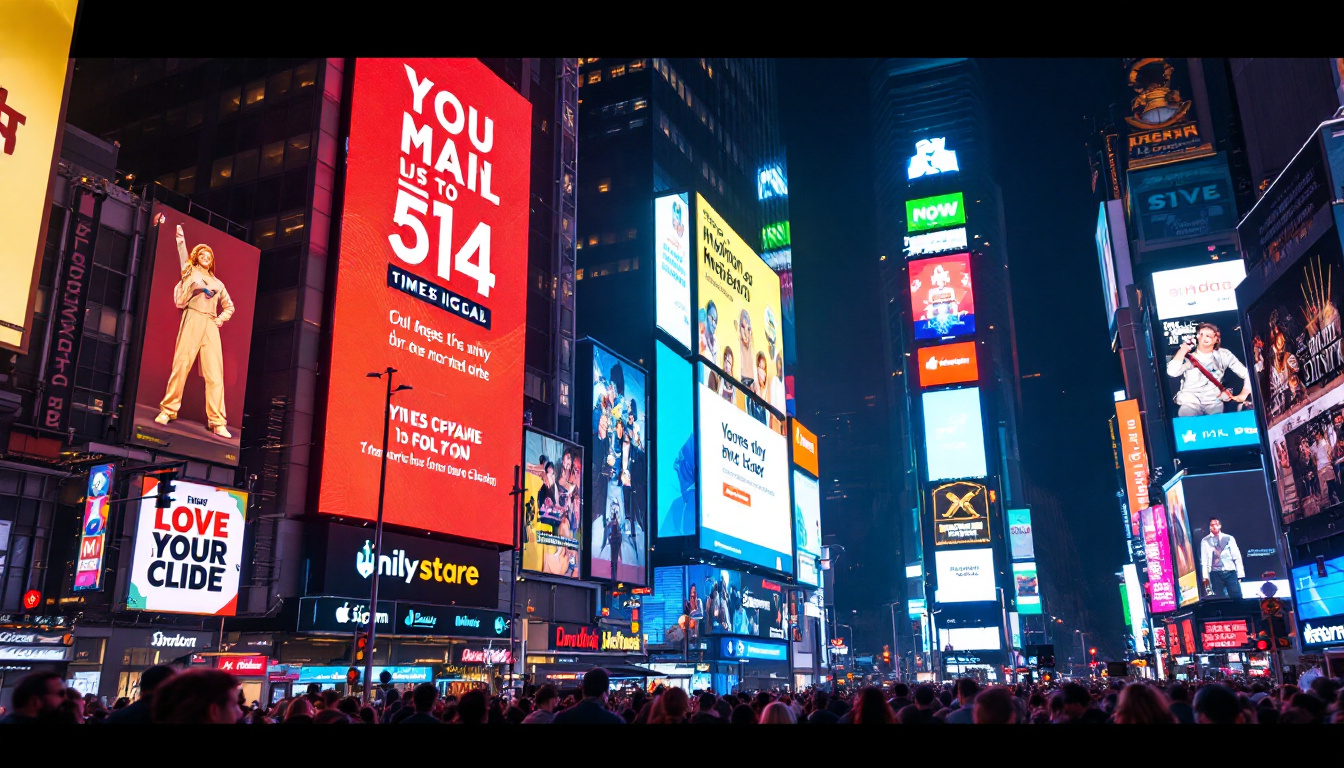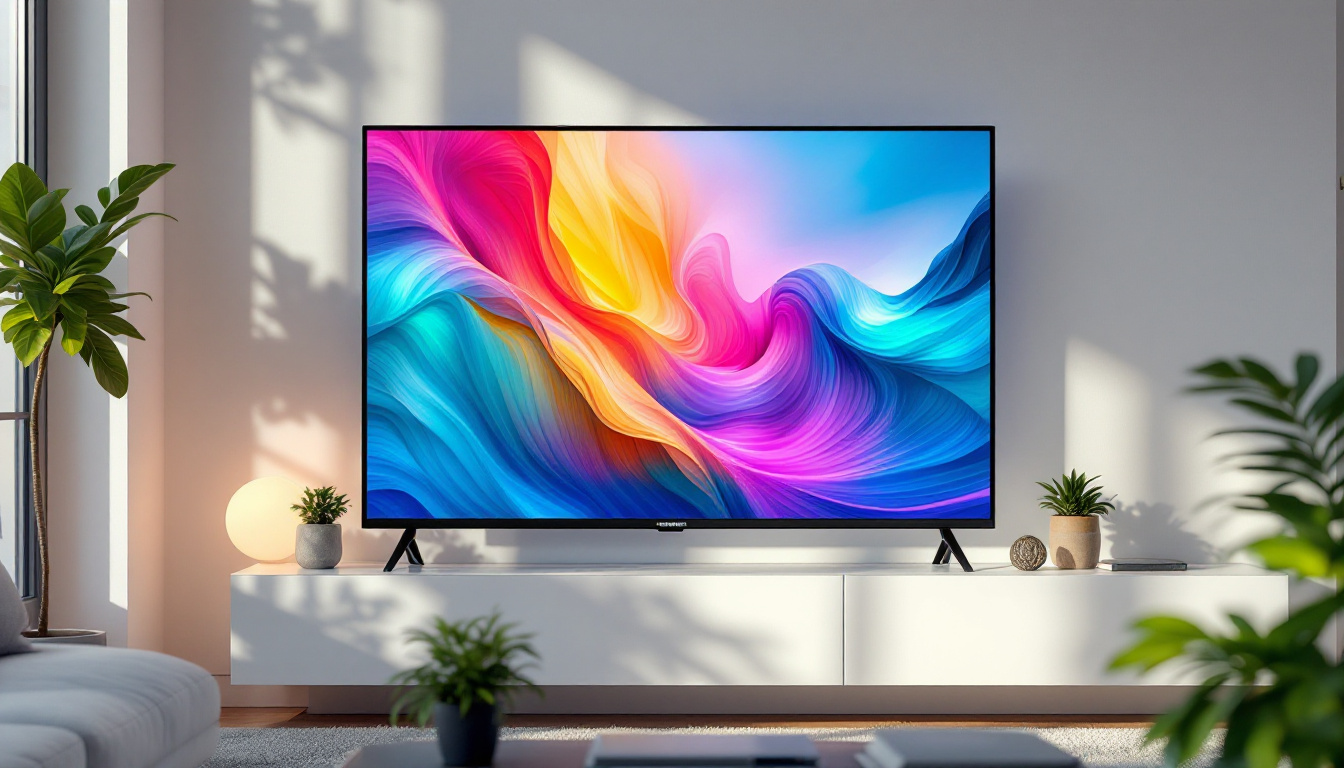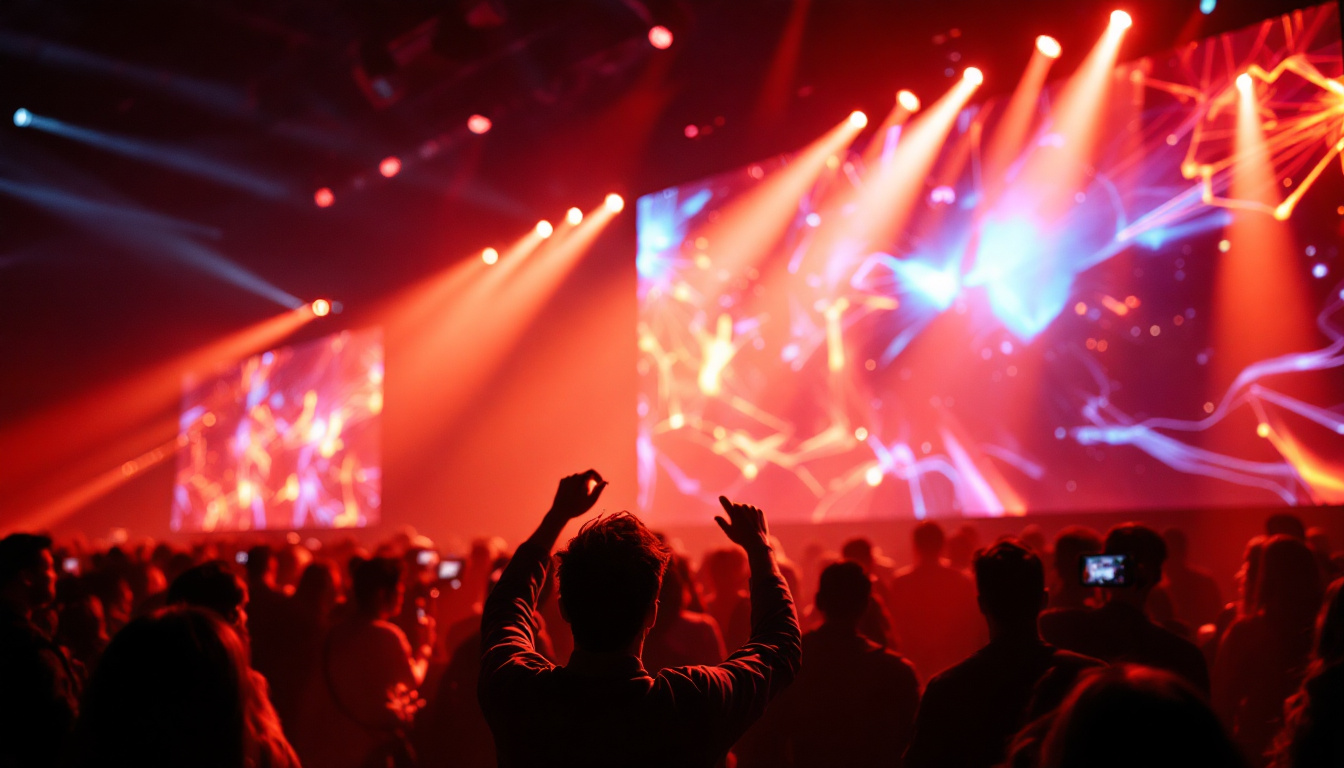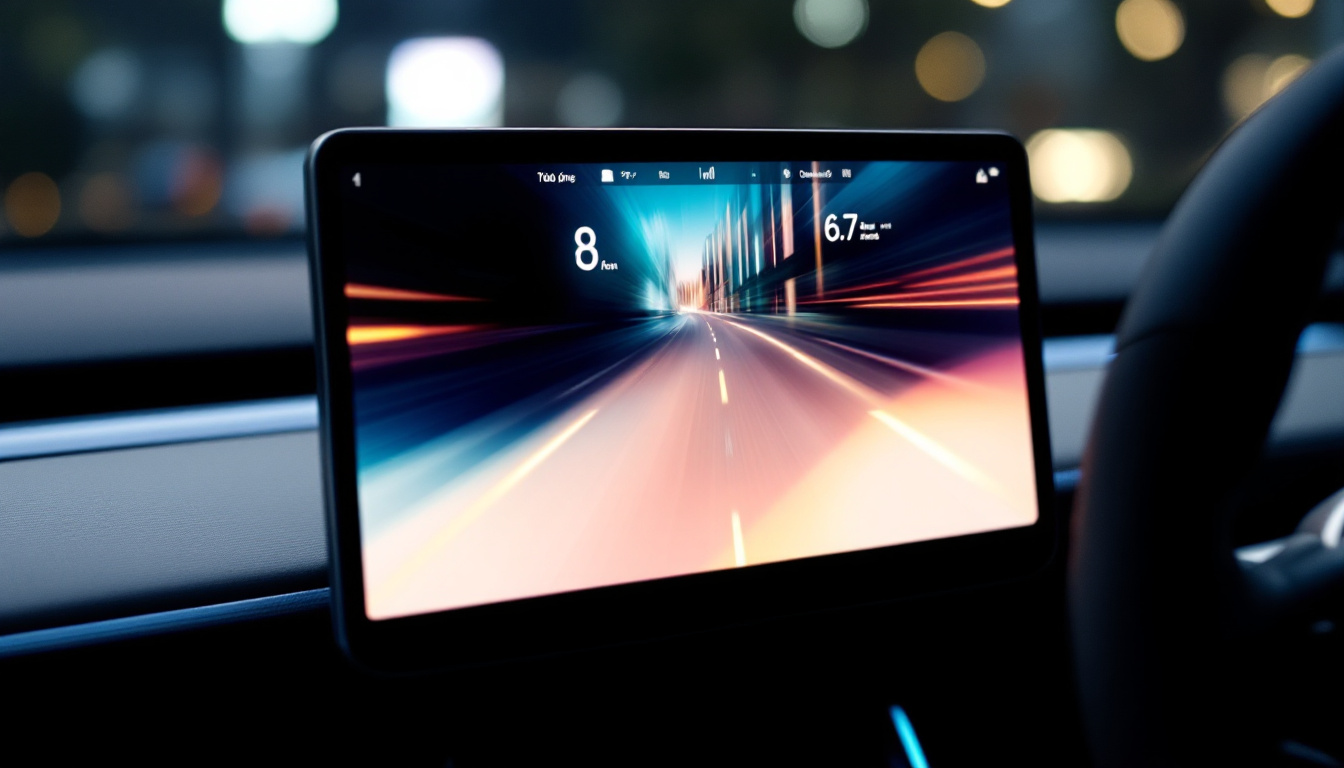In today’s fast-paced digital world, outdoor monitors have become an essential tool for businesses and organizations looking to engage their audience effectively. With their vibrant colors and high visibility, LED displays are at the forefront of this technology. This article delves into the intricacies of outdoor monitors, focusing on LED displays, their advantages, applications, and the technology behind them.
Understanding LED Displays
LED (Light Emitting Diode) displays are a type of flat panel display that utilizes LEDs as their light source. Unlike traditional LCD screens that rely on fluorescent backlighting, LED displays offer superior brightness and contrast, making them ideal for outdoor use. Their ability to maintain visibility in direct sunlight and their energy efficiency are just a couple of reasons why they have become the go-to choice for a variety of applications, from billboards to sports arenas.
How LED Displays Work
The fundamental operation of an LED display involves the emission of light from semiconductor materials. When electricity passes through these materials, they emit light in various colors. This technology allows for the creation of vivid images and videos, which are crucial for capturing attention in outdoor settings. The rapid response time of LEDs also enables these displays to showcase fast-moving content, such as sports highlights or dynamic advertisements, without any blurring or ghosting effects.
LED displays are typically composed of multiple pixels, each containing red, green, and blue (RGB) diodes. By adjusting the intensity of these diodes, a wide range of colors can be produced, enabling the display to present dynamic content effectively. The precise control over each pixel allows for intricate designs and animations, making LED displays not only functional but also visually striking. Additionally, advancements in technology have led to the development of flexible LED displays, which can be shaped to fit unconventional spaces, further expanding their application potential.
Types of LED Displays
There are several types of LED displays, each designed for specific applications. The most common types include:
- Single Color LED Displays: These displays are typically used for simple text or graphics, often seen in scoreboards or basic advertising.
- Tri-Color LED Displays: These units can display red, green, and yellow, allowing for more complex messages and graphics.
- Full-Color LED Displays: The most advanced type, capable of displaying millions of colors, making them suitable for video and high-resolution images.
In addition to these standard types, there are also specialized LED displays designed for niche markets. For instance, transparent LED displays are gaining popularity in retail environments, allowing customers to see products behind the screen while still displaying vibrant advertisements. Another innovative type is the outdoor LED mesh screen, which is lightweight and allows for airflow, making it ideal for large-scale installations in urban settings. These advancements showcase the versatility of LED technology and its ability to adapt to the ever-evolving demands of visual communication.
Advantages of Outdoor LED Displays
Outdoor LED displays offer a multitude of benefits that make them an attractive option for businesses and organizations. These advantages contribute to their growing popularity across various industries.
High Visibility
One of the most significant advantages of LED displays is their exceptional visibility. Even in bright sunlight, LED screens maintain their brightness and clarity, ensuring that messages are easily seen from a distance. This characteristic is crucial for outdoor advertising, where capturing attention quickly can lead to increased engagement. Furthermore, the vibrant colors and dynamic content that can be displayed on LED screens create a visually striking experience that can draw in passersby, making them more likely to interact with the advertisement or message being presented.
Durability and Longevity
Outdoor monitors are built to withstand harsh environmental conditions. LED displays are typically waterproof, dustproof, and resistant to extreme temperatures, making them ideal for outdoor installations. Their longevity is another key factor; with proper maintenance, LED displays can last over a decade, providing a cost-effective solution for businesses. Additionally, the robust construction of these displays means they are less prone to damage compared to traditional signage, which can fade or deteriorate over time. This resilience not only reduces replacement costs but also ensures that the display remains an effective marketing tool throughout its lifespan.
Energy Efficiency
LED technology is known for its energy efficiency. Compared to traditional display technologies, LED displays consume significantly less power while providing superior brightness. This efficiency translates into lower energy costs, making them a sustainable choice for outdoor advertising. Moreover, many modern LED displays come equipped with smart technology that allows for automatic brightness adjustment based on ambient light conditions, further optimizing energy consumption. This feature not only enhances the display’s performance but also aligns with eco-friendly initiatives, making it an appealing option for environmentally conscious businesses.
Versatility in Content
Another compelling advantage of outdoor LED displays is their versatility in content presentation. Businesses can easily update their messages in real-time, allowing for timely promotions, announcements, or event notifications. This flexibility is particularly beneficial for businesses that want to adapt their advertising strategies based on current trends or seasonal events. Additionally, the ability to incorporate animations, videos, and interactive elements can significantly enhance viewer engagement, making the content more memorable and impactful. Whether it’s a dynamic advertisement for a new product or a live feed of social media interactions, the possibilities for creative expression are virtually limitless with outdoor LED displays.
Applications of Outdoor LED Displays
The versatility of outdoor LED displays allows them to be used in various applications across different sectors. Here are some of the most common uses:
Advertising and Marketing
Outdoor LED displays are widely used for advertising purposes. Businesses can showcase their products, services, or promotions in a visually appealing manner. The ability to change content quickly and easily allows for dynamic advertising strategies that can adapt to market trends.
Event Signage
For events such as concerts, festivals, and sporting events, LED displays serve as effective signage tools. They can provide real-time information, such as schedules, directions, or live updates, enhancing the overall experience for attendees.
Public Information Displays
Municipalities and public organizations utilize outdoor LED displays to convey important information to the public. These displays can provide updates on weather conditions, emergency alerts, or community announcements, ensuring that vital information reaches citizens promptly.
Choosing the Right Outdoor LED Display
When selecting an outdoor LED display, several factors must be considered to ensure that the chosen model meets specific needs and requirements. Understanding these factors can help businesses make informed decisions.
Pixel Pitch
Pixel pitch refers to the distance between the centers of two adjacent pixels. A smaller pixel pitch results in higher resolution and better image quality, making it suitable for close viewing. Conversely, a larger pixel pitch is more appropriate for displays viewed from a distance, such as billboards.
Brightness Levels
Brightness is a critical factor for outdoor displays. Measured in nits, the brightness level determines how well the display can be seen in various lighting conditions. For outdoor environments, a brightness level of at least 5,000 nits is recommended to ensure visibility even in direct sunlight.
Weather Resistance
Outdoor LED displays must be designed to withstand environmental challenges. Look for displays with an IP (Ingress Protection) rating that indicates their resistance to water and dust. A higher IP rating signifies better protection against the elements.
Installation and Maintenance
The installation and maintenance of outdoor LED displays are crucial for their longevity and performance. Proper installation ensures that the display functions optimally, while regular maintenance helps prevent potential issues.
Installation Considerations
When installing an outdoor LED display, several factors should be taken into account. The location is paramount; it should be positioned for maximum visibility and accessibility. Additionally, the mounting structure must be sturdy enough to support the display and withstand wind and other environmental factors.
Regular Maintenance Practices
To ensure the longevity of outdoor LED displays, regular maintenance is essential. This includes cleaning the screen to remove dust and debris, checking connections and components for wear and tear, and performing software updates as needed. Establishing a maintenance schedule can help prevent unexpected failures and prolong the display’s lifespan.
The Future of Outdoor LED Displays
The future of outdoor LED displays looks promising, with advancements in technology paving the way for even more innovative applications. As the demand for dynamic content continues to grow, manufacturers are developing displays that are not only brighter and more efficient but also smarter.
Integration with Smart Technologies
One of the most exciting trends in outdoor LED displays is their integration with smart technologies. This includes the ability to connect to the internet, allowing for real-time updates and remote management. Businesses can change content on-the-fly, respond to current events, or even analyze viewer engagement through data analytics.
Enhanced Interactivity
Future outdoor LED displays are likely to incorporate interactive features, enabling viewers to engage with the content directly. Touch screens, QR codes, and augmented reality elements can create immersive experiences that captivate audiences and encourage interaction.
Conclusion
Outdoor monitors, particularly those utilizing LED display technology, have transformed the way businesses communicate with their audiences. With their high visibility, durability, and energy efficiency, LED displays are an invaluable asset for advertising, public information, and event signage.
As technology continues to advance, the capabilities of outdoor LED displays will only expand, offering even more opportunities for engagement and interaction. Businesses that invest in these displays can expect to see significant returns in terms of visibility, customer engagement, and brand recognition.
In a world where first impressions matter, outdoor LED displays stand out as a powerful tool for effective communication and marketing. Embracing this technology can provide a competitive edge in an increasingly digital landscape.
Discover LumenMatrix LED Display Solutions
Ready to elevate your outdoor advertising and communication? Explore LumenMatrix’s comprehensive range of LED display solutions, designed to captivate your audience and amplify your message. From vibrant Outdoor LED Wall Displays to interactive Floor LED Displays, our innovative products are tailored to meet your unique needs. Experience the future of visual engagement with LumenMatrix and transform your brand’s visibility. Check out LumenMatrix LED Display Solutions today and start creating unforgettable visual experiences.

